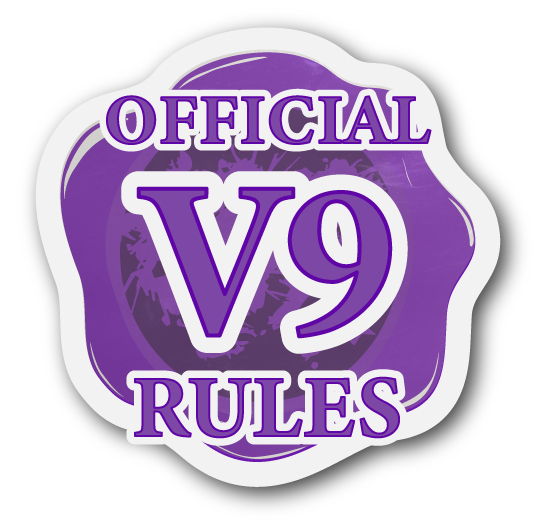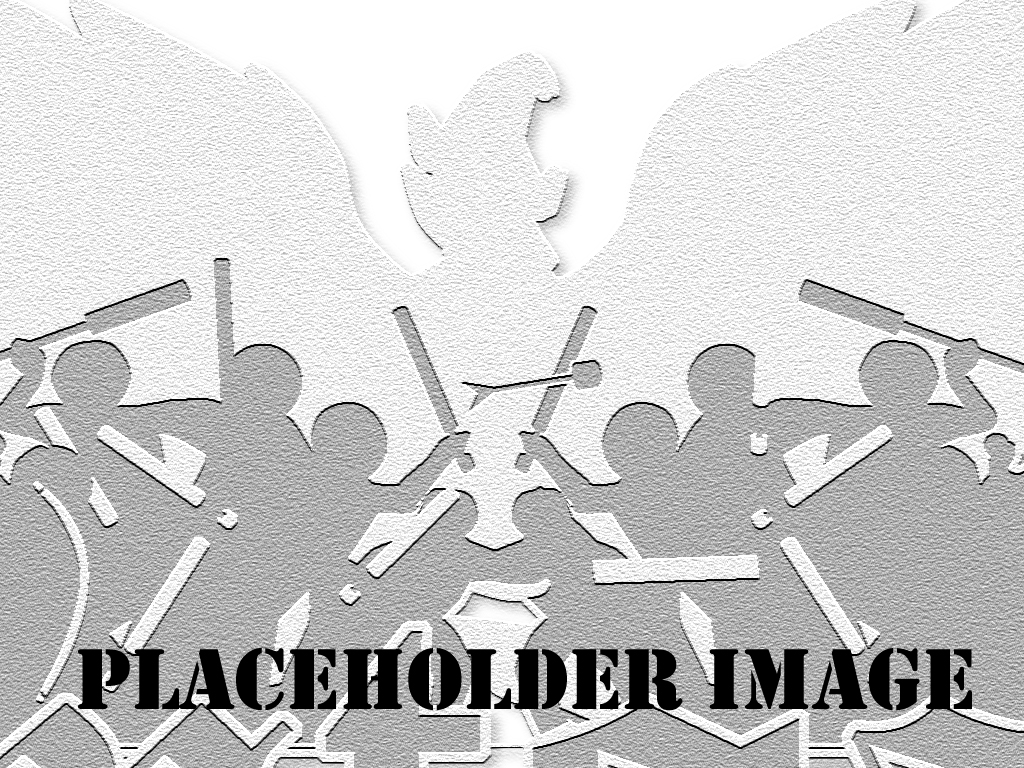Difference between revisions of "V9: Rating Armor"
m |
m |
||
| Line 35: | Line 35: | ||
|} | |} | ||
| − | =====<u><big>General | + | =====<u><big>General Modifier Rules</big></u>===== |
Each piece of [[V9: Worn Armor| Worn Armor]] can be granted additional bonuses or penalties. | Each piece of [[V9: Worn Armor| Worn Armor]] can be granted additional bonuses or penalties. | ||
#Multiple points can be awarded and penalized simultaneously as long as they each correspond to each unique feature or collection of features that would still warrant the bonus or penalty if viewed on its own.<br><br> | #Multiple points can be awarded and penalized simultaneously as long as they each correspond to each unique feature or collection of features that would still warrant the bonus or penalty if viewed on its own.<br><br> | ||
Revision as of 10:23, 13 February 2023
- The Amtwiki is the official home and primary source for Amtgard V9 Rules as of February 25, 2023.
- These rules are currently in Open Alpha Playtest. See the Playtest Disclaimer for more details.
- To learn more about Amtgard V9 Development, please visit Amtgard.com.
- To view the current Amtgard V8 ruleset, please see the Amtgard V8 Rulebook.
Contents
Rating Worn Armor
Each piece of Worn Armor must be inspected and assigned an Armor Rating in order to be used for Amtgard combat.
- Worn Armor pieces must be examined and rated by an Equipment Inspector.
- Each piece of worn armor will be assigned to an Armor Tier that will outline its Base Armor Rating and Maximum Armor Rating. Armor that cannot be assigned to a tier does not count as armor and cannot be used as such.
- Pieces are then granted bonuses or penalties based on the quality of construction or appearance (see below).
- The final combination bonuses cannot exceed the Maximum Armor Rating listed for its tier.
- Armor with a final rating of zero (0) does not count as Armor and cannot be used as such.
- Armor Pieces must be rated individually but will be averaged together when worn to produce a final Armor Point Total for each Hit Location.
- Easily damaged materials (such as paper, cardboard, foam, and tinfoil) and obviously modern materials (such as shin pads and chest pads) may never be considered armor on their own. Such materials and items may be used as components for armor but the final product must go beyond these core materials to create a noteworthy piece that is not at odds with the more typical examples presented in this document and seen on the battlefield.
Armor rating can be subjective at times. To help mitigate this, it is recommended that players keep a reference sheet with a list of details for their Worn Armor pieces including descriptions, construction details, and previously assigned ratings to help Inspectors make quick and confident assessments. Keeping signatures and inspection dates from other Inspectors will add further credibility to your notes.
Reference Sheets are not necessary but they will greatly improve your odds of getting consistent armor ratings at every event you attend.
Armor Tiers
Each tier includes a list of common armor styles that fall under that tier. For unlisted or ambiguous pieces, compare it to the examples under each tier and assign it based on which tier it most closely resembles in terms of style, materials, and appearance.
| ARMOR TIERS | |||
|---|---|---|---|
| TIER | BASE RATING |
MAX RATING |
INCLUDES |
| T1 | 1 | 2 | |
| T2 | 2 | 3 | |
| T3 | 3 | 4 | |
| T4 | 4 | 5 | |
| T5 | 5 | 6 | |
| T6 | 6 | 7 | |
General Modifier Rules
Each piece of Worn Armor can be granted additional bonuses or penalties.
- Multiple points can be awarded and penalized simultaneously as long as they each correspond to each unique feature or collection of features that would still warrant the bonus or penalty if viewed on its own.
- The sum total of all modifiers cannot increase a piece's armor rating beyond the maxiumum allowable for its tier (see above). Surplus bonuses confer no additional benefit.
- Armor with a final rating of zero or less (due to penalties) does not count as Armor and cannot be used as such.
- Regardless of modifiers, armor pieces must still meet certain minimum specifications (see chart below) as well as fully adhere to the Universal Equipment Requirements in order to be used as armor.
Appearance Modifiers
Superior Appearance
Bonus points may be awarded to armor that displays an exceptional appearance above and beyond the typical appearance of similar pieces in its style. This includes but is not limited to: tooling, etching, gilding, and fluting, as well as notable use of colors, shapes, weaves, etc. These examples do not represent an exhaustive list and consideration should be given to any piece that obviously goes above and beyond the base construction requires to create an aesthetically pleasing piece.
Inferior Appearance
Points may be deducted from armor that displays an appearance well below the typical standard expected for similar pieces in that style. Examples include tarnished/poorly-maintained armor as well as visibly inauthentic or degrading materials. This penalty does not apply when the piece is worn as a part of a complete outfit that is intentionally designed to look shoddy or battle-worn.
Construction Modifiers
Superior Construction
Bonus points may be awarded to armor constructed with exceptional techniques that provide a meaningful increase in durability over the standard requirements. This includes but is not limited to: solid/riveted rings, hardened material, affixing to a rigid backing, tighter spacing than required, greater overlap than required, etc. These examples do not represent an exhaustive list and consideration should be given to any piece that obviously goes above and beyond the base requirements to create a more durable piece.
Inferior Construction
Points may be deducted from armor for inferior construction or a meaningful reduction in expected durability when compared to the standard requirements. Examples include but are not limited to: obviously unfinished armor, brittle/cracked material, loose connection points, and shoddy workmanship.
Material Thickness
Each piece of worn armor must include certain materials that meet a specific thickness criteria to qualify as a valid armor. Multiple layers of material may permanently affixed to each other to increase thickness however extra thickness caused by adhesives or empty space should not be factored into the new measurements. One bonus point may be awarded or deducted for Superior or Inferior thickness according to the chart below.
| MATERIAL THICKNESS REFERENCE CHART | |||||||
|---|---|---|---|---|---|---|---|
| Material | Inferior (Minimum) |
Standard | Superior | Notes | |||
| Catch-All | Cannot be less than standard |
1/16" 1.60mm |
1/8" 3.18mm | ||||
| Cloth | |||||||
| Light Leather | 4oz 1/16" 1.60mm |
6oz 3/32" 2.39mm |
8oz 1/8" 3.18mm | ||||
| Strong Leather | 10oz 5/32" 3.96mm |
12oz 3/16" 4.78mm |
14oz 7/32" 5.57mm | ||||
| Rigid, Non-Metal | 1/8" 3.18mm |
3/16" 4.78mm |
1/4" 6.36mm |
Material Density at least 0.9g/cm3 (equivalent to HDPE) | |||
| Aluminum | Steel | Aluminum | Steel | Aluminum | Steel | ||
| Round Rings | 18awg 0.040" 1.024mm |
20awg 0.032" 0.813mm |
16awg 0.051" 1.290mm |
18awg 0.040" 1.024mm |
14awg 0.064" 1.628mm |
16awg 0.051" 1.290mm | |
| Flat Rings | 18ga 0.403" 1.024mm |
20ga 0.036" 0.911mm |
16ga 0.051" 1.291mm |
18ga 0.048" 1.214mm |
14ga 0.064" 1.628mm |
16ga 0.060 1.518mm |
Measure along thinnest axis |
| Sheet Metal | |||||||
Armor General Rules · Natural Armor · Physical Armor
Equipment Equipment Basics · Equipment Use Terms · Weapons · Shields · Armor · Color Code · Visual Indicators

